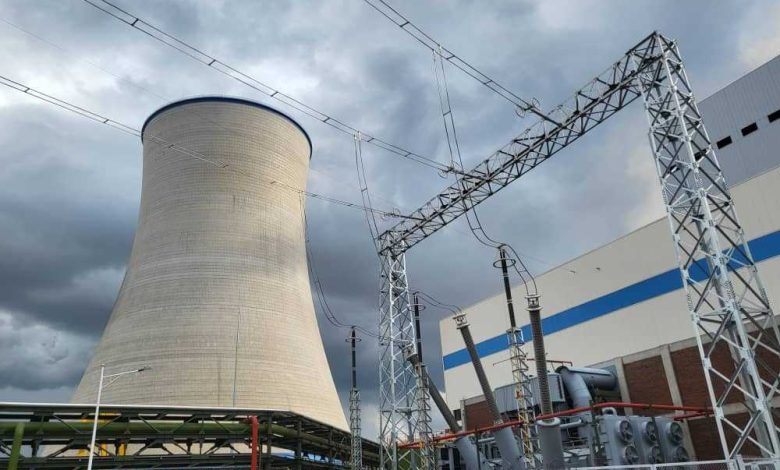Hwange Thermal Power Station’s Unit 7 Reconnection: A Vital Step for Zimbabwe’s Energy Future

On November 1, 2024, the Zimbabwe Electricity Supply Authority (ZESA) marked a significant achievement by reconnecting Unit 7 of Hwange Thermal Power Station to the national grid. Following essential Class C maintenance, this unit adds 300 megawatts (MW) to the national grid, a boost that aims to alleviate Zimbabwe’s persistent power shortages and reduce load shedding that has impacted households and industries alike.
A Strategic Move Against Zimbabwe’s Energy Woes
The reconnection of Unit 7 is timely, as Zimbabwe has faced considerable power deficits, partly due to low water levels at the Kariba Dam, a critical hydropower source. This situation has resulted in up to 12 hours of load shedding daily, severely disrupting daily life and economic activities, particularly in energy-reliant sectors like manufacturing and agriculture. Restoring Hwange’s capacity is one of ZESA’s steps to improve reliability and reduce dependency on external power imports, enhancing energy security for the nation.
Economic Ripple Effects of Enhanced Power Stability
The additional 300 MW generated by Hwange’s Unit 7 is expected to have substantial economic benefits. A stable power supply is crucial for business continuity and growth. As power reliability improves, businesses will experience fewer operational disruptions, leading to increased productivity and economic stability. The restoration aligns with Zimbabwe’s broader strategy, supported by recent investments from the Mutapa Investment Fund and Jindal Africa, aimed at refurbishing Hwange and increasing its capacity to sustain economic demands
Public Trust in ZESA’s Energy Commitments
This reconnection showcases ZESA’s commitment to proactive infrastructure maintenance, essential for fostering public trust. For the public, this progress signals that ZESA is addressing the nation’s power needs responsibly, making significant strides to reduce power disruptions. By investing in maintaining and upgrading existing facilities, ZESA not only enhances infrastructure resilience but also helps the public see a path toward improved service reliability, which is vital for public confidence in the energy sector
A Path Forward: A Resilient Future for Zimbabwe’s Energy Sector
The completion of this maintenance is a positive step in Zimbabwe’s energy journey. With continued efforts in diversifying energy sources, including solar and Independent Power Producers (IPPs), Zimbabwe is paving the way for a more resilient energy sector. Future developments could further stabilize the power supply, drive down costs, and support Zimbabwe’s aspirations for sustainable economic growth and improved quality of life for its citizens.




